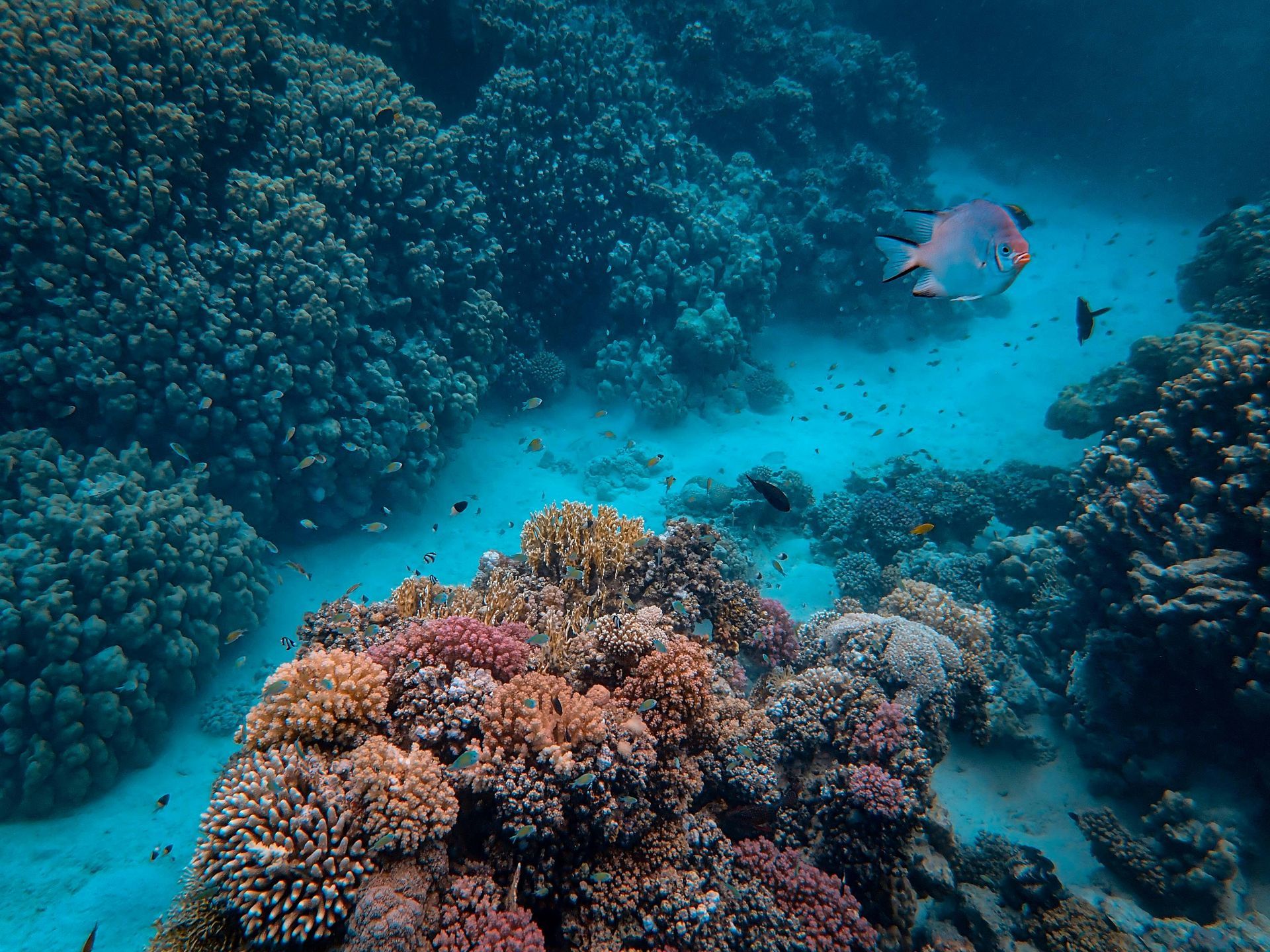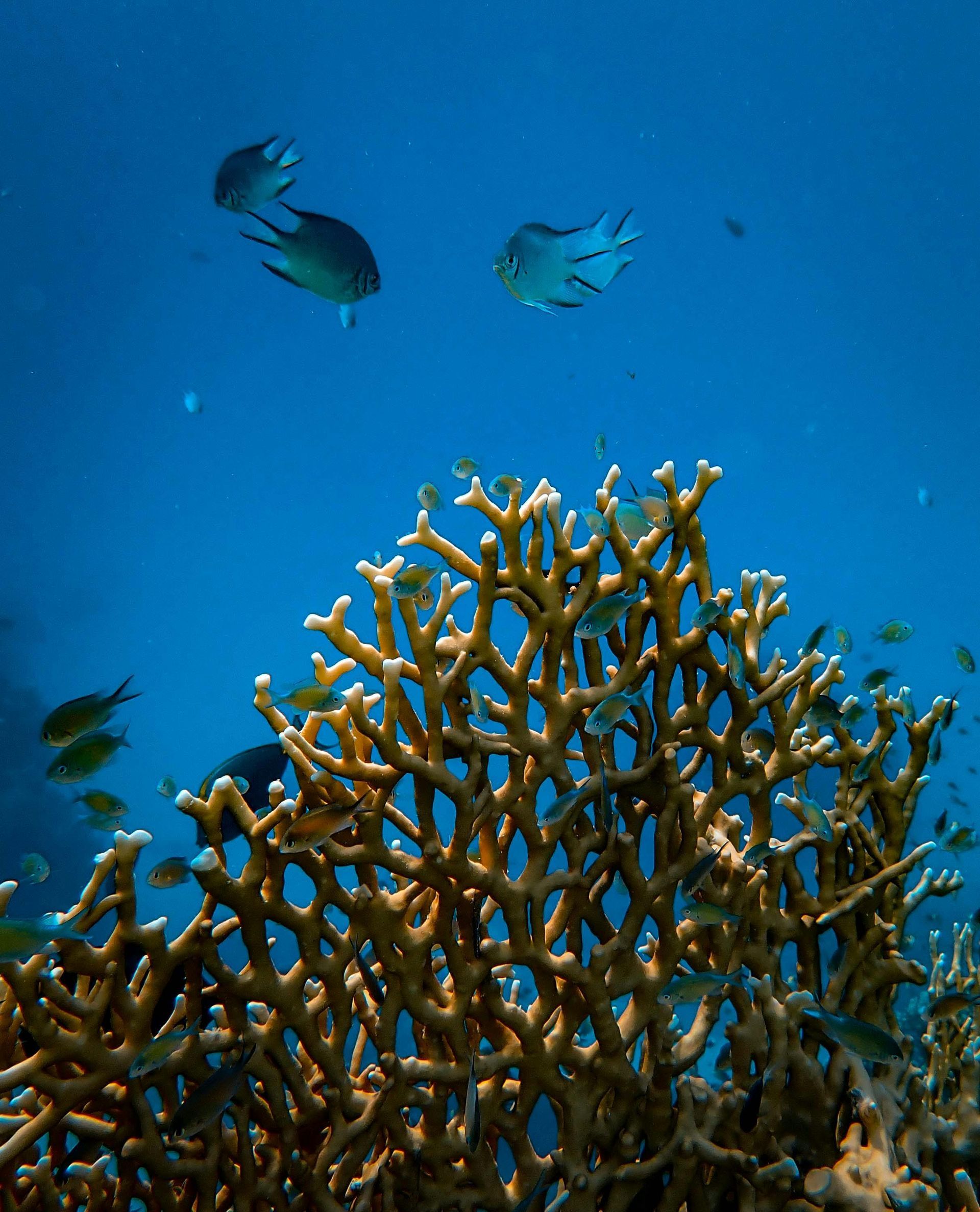Zombie deer disease, scientifically known as chronic wasting disease (CWD), has been gaining attention as a potential threat to both wildlife populations and humans. As the disease continues to spread across North America, scientists are urging people to be prepared for the potential risks it may pose.
CWD is a highly contagious neurological disease that affects deer, elk, and moose, causing degeneration of the brain and eventual death. The name "zombie deer disease" comes from the symptoms the infected animals exhibit, including emaciation, drooling, and a lack of fear towards humans – resembling the characteristics often associated with zombies.
The disease is transmitted through saliva, feces, urine, and contaminated environments, making it highly contagious and difficult to contain. While the disease has primarily affected wildlife populations, there is growing concern about the potential for it to cross over to humans.
Scientists are quick to note that there is currently no evidence of CWD being transmissible to humans. However, they also emphasize the need for caution and preparedness. The characteristics of the disease, including its long incubation period and the potential for prions (misfolded proteins) to accumulate in the environment, raise concerns about human exposure.
To mitigate the potential risks, scientists recommend avoiding direct contact with infected animals, especially when handling or consuming meat. Hunters, in particular, are encouraged to take precautions while field dressing and handling game carcasses. Wearing gloves, using dedicated tools, and properly disposing of remains are essential steps to minimize potential exposure.
Another precautionary measure is enhancing surveillance efforts to identify infected animals promptly. Early detection and proper management can be crucial in preventing further spread. Scientists also stress the importance of educating the public, including hunters, about the disease, its symptoms, and safe handling practices.
In addition to wildlife management practices, researchers are actively studying CWD to gain a better understanding of its transmission and potential risks to humans. This ongoing research aims to inform preventive measures and ensure public safety.
While the threat of CWD crossing over to humans may still be uncertain, taking precautions and being educated about the disease is crucial. By staying informed, following safe handling practices, and supporting ongoing research efforts, individuals can help prevent the spread of zombie deer disease and protect both wildlife and human populations from this potential slow-moving disaster.











